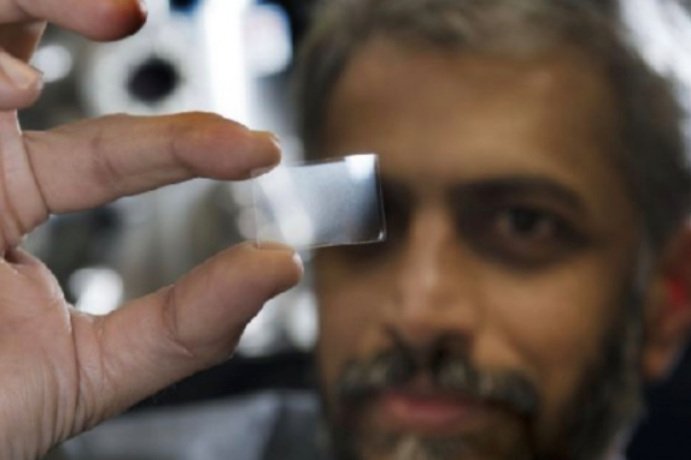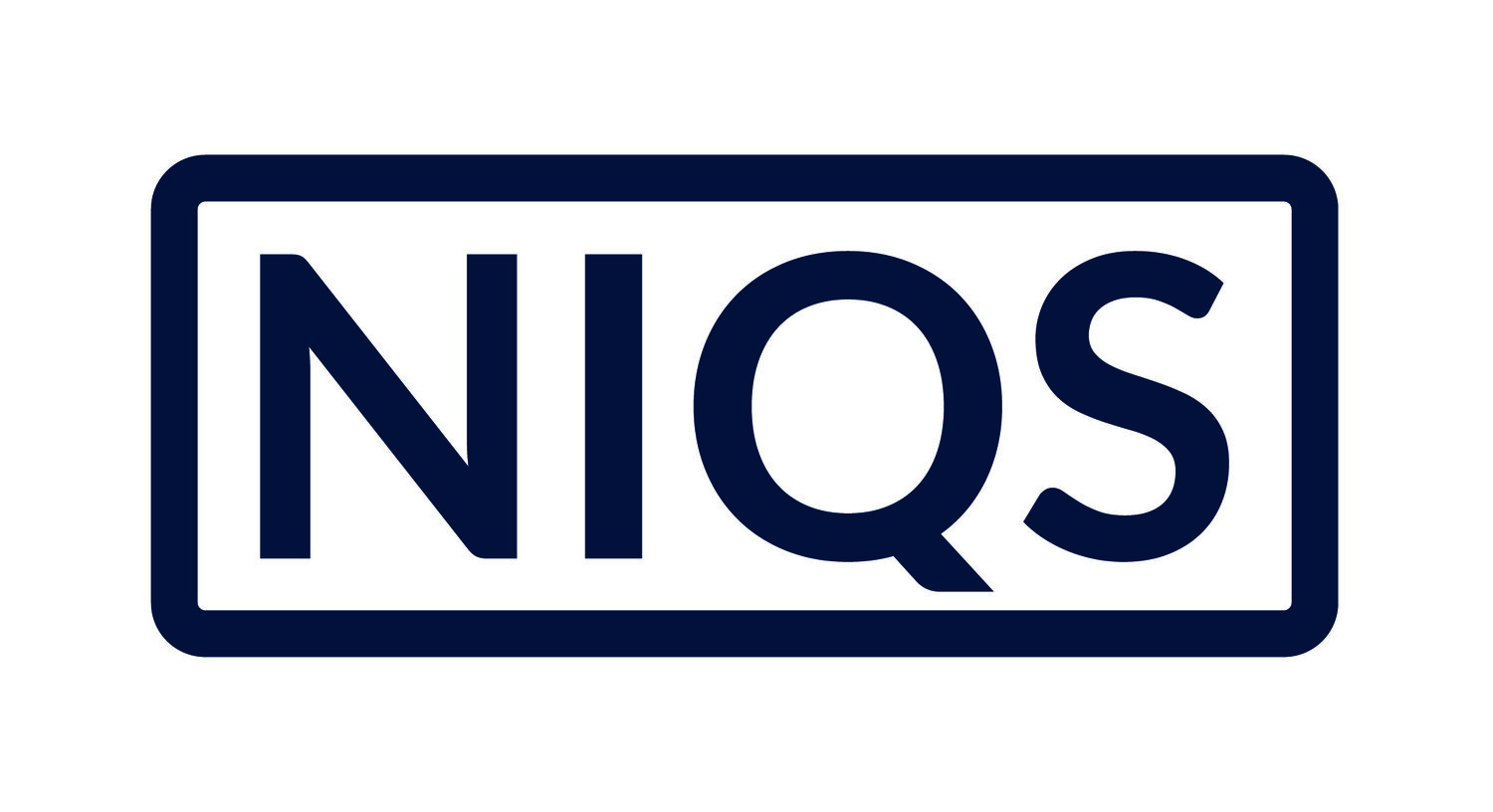
NIQS - a fundamentally different approach to glucose sensing
Truly non-invasive glucose sensing
NIQS has developed a groundbreaking innovation: a pioneering non-invasive glucose sensing technology addressing the unmet need for a comfortable, discrete, accurate and affordable way to manage glucose levels.
Powered by our patented nano-engineered glass sensor chip, we utilise a novel optical interaction to improve measurement accuracy and reliability.
These interactions form the basis for our non-invasive sensing mechanism and enable us to perform targeted measurements within the system we wish to investigate.
Performing targeted measurements means we are able to mitigate the effect of skin thickness, skin tone, and other limiting factors unlike the spectroscopic approaches.
Why we are better than existing approaches
Typical approach to glucose sensing
Spectroscopy is a commonly used approach for non-invasive glucose sensing. However, spectroscopy has several drawbacks when it is used to measure substances within the human body.
Many factors - such as skin thickness, skin tone, hydration levels - can affect the accuracy and reliability of measurements when using spectroscopy.
In the case of non-invasive glucose monitoring, spectroscopy always looked like the most likely solution to succeed, but these factors have proven to be too large of a technical challenge to overcome.
In 2021, a BBC article discussed pulse oximeters, which use similar techniques to monitor blood oxygen saturation, were less effective when used by people with darker skin tones. More recently, 25 attorney generals are asking FDA to improve pulse oximetry tech for darker skin.
Spectroscopic techniques are used to measure blood oxygen levels
Why we are different
At the heart of our innovation lies our novel patented sensing glass, which has been combined with a unique non-spectroscopic ultralong-range quantum optical coupling method to enable targeted, non-invasive and specific measurements of glucose.
Our solution offers distinct advantages:
Non-invasive and pain-free measurements: Unlike existing blood glucose tests and CGM’s our solution is pain-free as it doesn’t require breaking the skin, drawing blood, or for laser light to penetrate the skin to measure glucose.
User friendly, real-time measurements: By simply being in contact with the skin, we remove the need for invasive procedures, allowing continuous measurements without disrupting daily routines while respecting user discretion.
High accuracy: Our solution provides consistently accurate (97%) glucose readings comparable to traditional gold-standard invasive blood glucose testing over a wide range of glucose concentrations.
Affordable: We break down financial barriers by offering an affordable solution, making it accessible to a broad population of diabetics, thereby improving health outcomes and reducing long-term healthcare costs associated with diabetes complications for the population that need it most.
No consumables: With no consumables and sensor lifetimes extending beyond 3 years our solution reduces ongoing costs and inconvenience for users compared to disposable test strips and CGM sensors that need replacing every 14 days, while also minimising medical waste plastics and its associated environmental impact.
Our goal is to provide accessible and user-friendly solutions that encourage frequent glucose measurements.
NIQS aims to support better management practices via easier measurements, which will reduce the likelihood of complications and reduce the impact of diabetes on individuals and healthcare providers, such as the NHS.
Ultimately, more effective management technologies will help to provide people with better glycaemic control, greater freedom in their day-to-day lives, and a greater peace of mind.
Progress to date
NIQS’ recent efforts culminated in a handheld-sized prototype.
This first-generation device demonstrated a 95.3% measurement accuracy (across 0-450mg/dL) in an ex-vivo study using porcine (pig) skin. Our focus now is moving into in-vivo studies to demonstrate the device’s accuracy.
Future applications
Non-invasive sensors for healthcare & beyond
The first application for NIQS’ technology will be non-invasive glucose sensing.
We have successfully identified the optimal dopant to induce these novel optical interactions. More importantly, we have successfully demonstrated very strong results in our first rounds of testing.
Longer term, our aim is to adapt this approach into a non-invasive sensing platform where we can detect a wider range of analytes or biomarkers to help tackle current and emerging needs in healthcare and beyond.





